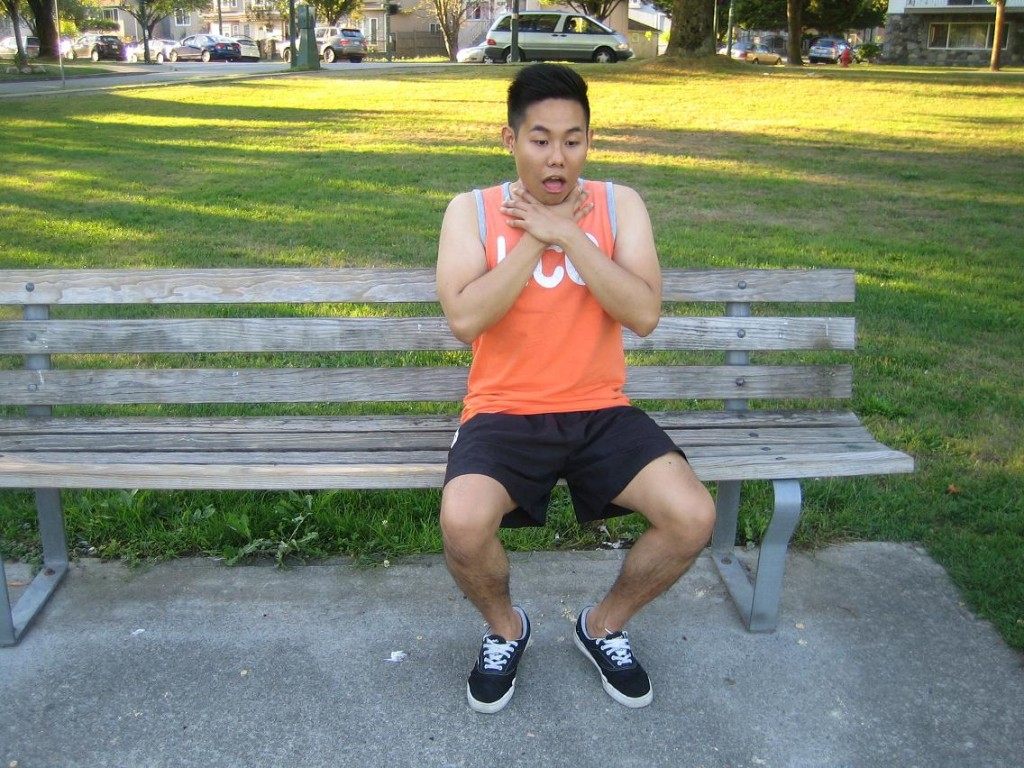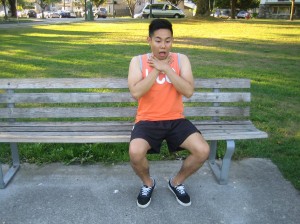Cold sores are known to be caused by the herpes simplex virus. Even though the virus is present, some individuals might not end up with sores since the virus remains in its dormant phase. An individual will not have any symptoms upon initial infection with the virus.
In some cases, an outbreak of cold sores can occur in the future and might even recur. Nevertheless, if the primary infection does not trigger any symptoms, it can be quite severe.
Close look on a primary infection of herpes simplex virus
Children
The signs and symptoms of a primary infection are more likely to develop among children younger than 5 years old. This infection includes the following symptoms:
- Sore throat with swollen glands
- Irritated and swollen gums with painful, small-sized sores in and around the mouth (herpes simplex gingivostomatitis)
- Increased production of saliva
In most cases, an individual develops a sore throat with or without swollen glands. - Dehydration
- High body temperature or fever of 38 degrees C or higher
- Headache
- Nausea
When it comes to herpes simplex gingivostomatitis, it typically affects young children, but can also develop among adults. This can last for 7-14 days while the sores can take up to 3 weeks to fully heal. On the other hand, this no longer recurs after the primary infection.
Adults
The herpes simplex viruses responsible for primary infections are considered uncommon in adults, but the signs and symptoms are strikingly comparable to those experienced by children.
In most cases, an individual develops a sore throat with or without swollen glands. There are also painful sores within and around the mouth as well as bad breath. These can later on develop into ulcers with grayish or yellowish centers.
If one acquired the herpes simplex virus at an early age, it might be triggered periodically later in life and can trigger recurrent episodes of cold sores. After the primary infection, the symptoms are minimized to the cold sores alone.
Recurrent cold sores
When it comes to recurrent infections, they typically last for a shorter period and less severe than a primary infection. The indicative symptom is the outbreak of cold sores but swollen glands can also occur.
The outbreak of cold sores typically starts with itching, tingling or burning sensation around the mouth. The sores filled with fluid then develop, usually on the perimeters of the lower lip.
If the individual has frequent recurrent infections, the sores can develop in the same area every time. They eventually grow in size and trigger irritation and pain. Primarily, they might ooze before crusting over or scabbing within 48 hours of the initial tingling sensation.
Take note that most of the sores vanish within 7-10 days without requiring any form of treatment and eventually heal without scarring.


